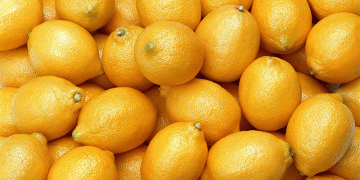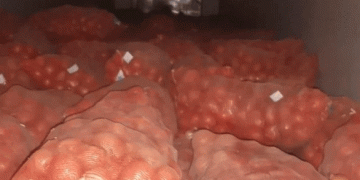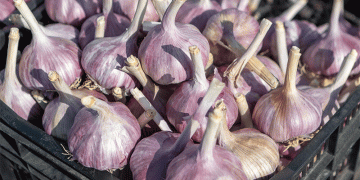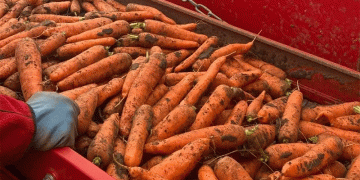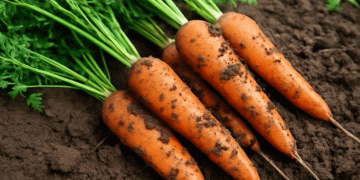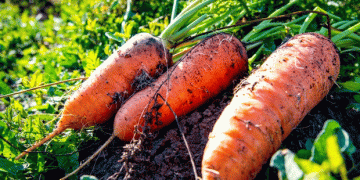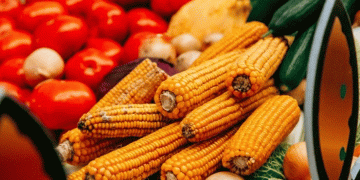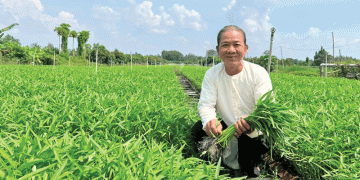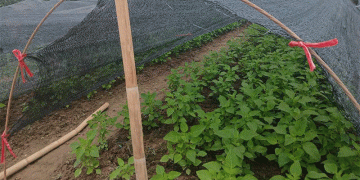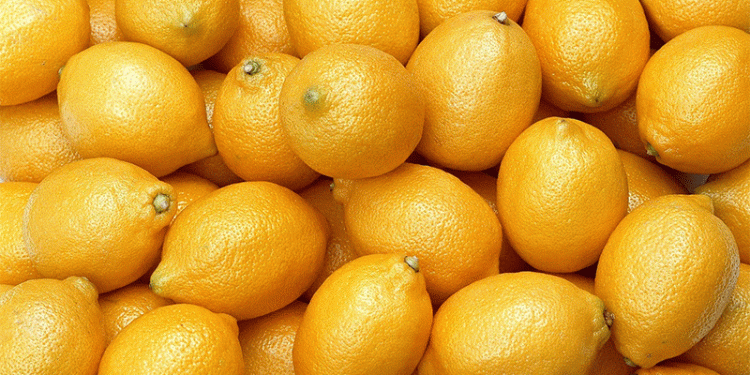Lemon and lime production continues to grow worldwide, driven by high demand and expanding cultivation in key regions. According to Fructidor.com, Mexico remains the undisputed leader, with a projected output of 3.5 million metric tons in the 2024/25 season—an 8% increase from the previous year (USDA FAS, 2024). Favorable weather conditions and expanding plantations have contributed to this growth, with the U.S. absorbing over 90% of Mexico’s exports.
The European Union, led by Spain, follows as the second-largest producer, with an expected 1.7 million tons—a remarkable 16% year-on-year surge. Spain’s strong harvest is bolstering EU supply chains, reinforcing its position as a key exporter.
Meanwhile, Turkey is emerging as a major player, with production forecast at 1.6 million tons, while Argentina trails slightly behind at 1.4 million tons, despite a minor dip this season. South Africa rounds out the top five with 720,000 tons, demonstrating steady growth in its citrus sector.
Competition Intensifies in the Global Lemon Market
While Mexico retains its dominance, other nations are rapidly expanding production capacity. Spain’s impressive growth highlights Europe’s increasing self-sufficiency, while Turkey and South Africa are positioning themselves as competitive exporters.
Climate resilience, technological advancements in farming, and evolving trade policies will shape future production trends. Farmers and agronomists should monitor these developments to optimize yields and market strategies.
The global lemon industry is becoming more dynamic, with rising production in traditional and emerging markets. Stakeholders must adapt to shifting supply chains, climate challenges, and consumer demand to stay competitive.
